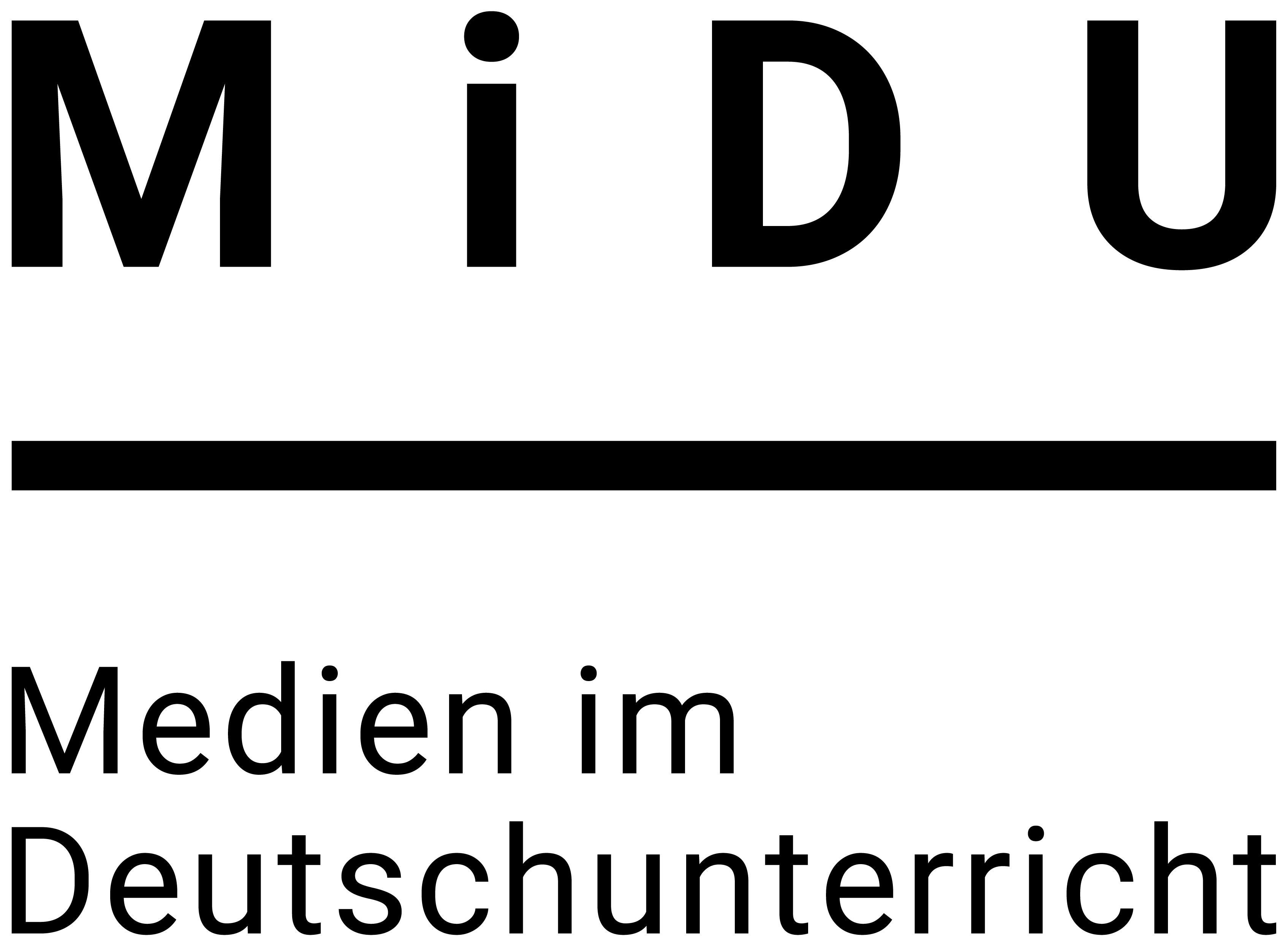Grafisches Erzählen zwischen subjektiver Involviertheit und genauer Text-Bildwahrnehmung. Zur Rekonstruktion von Rezeptionsherausforderungen im Schreibunterricht der Sekundarstufen
DOI:
https://doi.org/10.18716/OJS/MIDU/2020.2.9Schlagwörter:
Schreibaufgaben, emotionale und literarästhetische Rezeption, Grafisches ErzählenAbstract
Der Beitrag konkretisiert anhand der Analyse schriftlicher Anschlusskommunikationen von Lernenden zu Drei Wege von Julia Zejn die Frage nach den Leistungen grafischen Erzählens für literarästhetisches Lernen in den Sekundarstufen. Der heuristische Blick wird dabei auf eine zentrale literaturdidaktische Zielvorstellung -„subjektive Involviertheit und genaue Textwahrnehmung miteinander ins Spiel bringen“- gelenkt um nicht zuletzt dessen bisher fehlende medienspezifische Präzisierung zu markieren. In der Auswertung der Daten wird deutlich, dass der Bezugsrahmen der ‚Involvierung‘ in ästhetikfähige Medien im Unterricht möglicherweise vieldimensional(er) und -stimmiger sein kann als das bisher literaturdidaktisch konzeptioniert war. Darüber hinaus scheinen Graphic Novels in der Verknüpfung von emotionalen und ästhetischen Lese- und Schreibprozessen, z.B. in Form einer Bewusstseinsbildung über Emotionslenkung und -wirkung in multimodalen Zeichensystemen, besonderes Aktivierungspotential zu entfalten.
Abstract (english): Graphic storytelling between individual involvement and text-picture perception. Reconstructing the challenges of multimodal reception in writing lessons at secondary schools
This article points out the possible benefits of graphic storytelling in view of literary-aesthetic learning in secondary schools by analyzing, in written form, students’ follow-up communication regarding Drei Wege by Julia Zejn. The heuristic view is directed towards a central objective of the didactics of literature – to bring subjective involvement and exact perception of a text into play – in order to highlight the lack of media-specific accuracy in this area. The evaluation of the data shows that ‘involvement’ as the frame of reference in ‘aesthetically capable’ media in the classroom is likely to be more multi-dimensional and polyphonic than previously conceptualised within the didactics of literature. Furthermore, graphic novels seem to activate a high potential for combining emotional and aesthetic reading and writing processes, for instance by raising awareness of the steering and effects of emotions in multimodal sign systems.
Downloads
Veröffentlicht
Ausgabe
Rubrik
Lizenz
Copyright (c) 2020 MiDU - Medien im Deutschunterricht

Dieses Werk steht unter der Lizenz Creative Commons Namensnennung - Keine Bearbeitungen 4.0 International.







